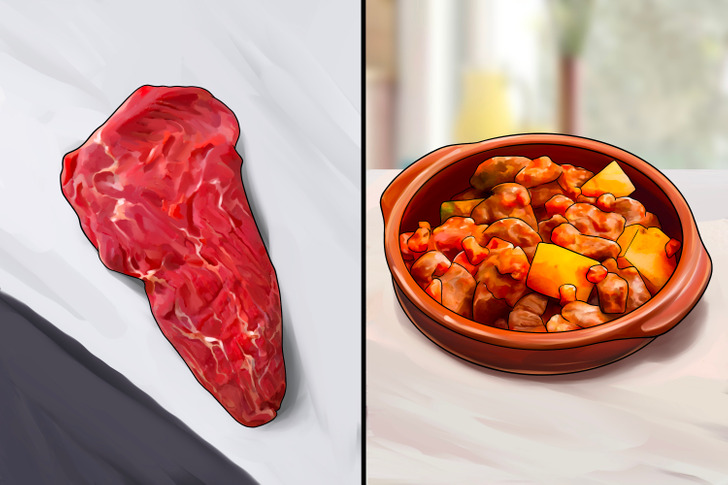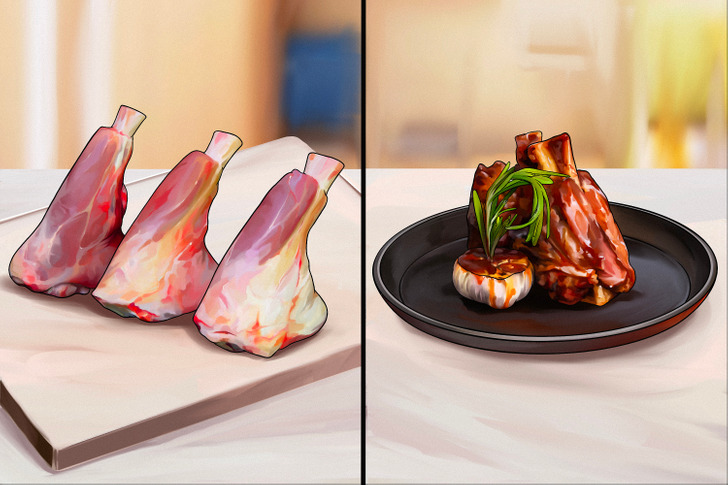How to Choose and Cook Mutton
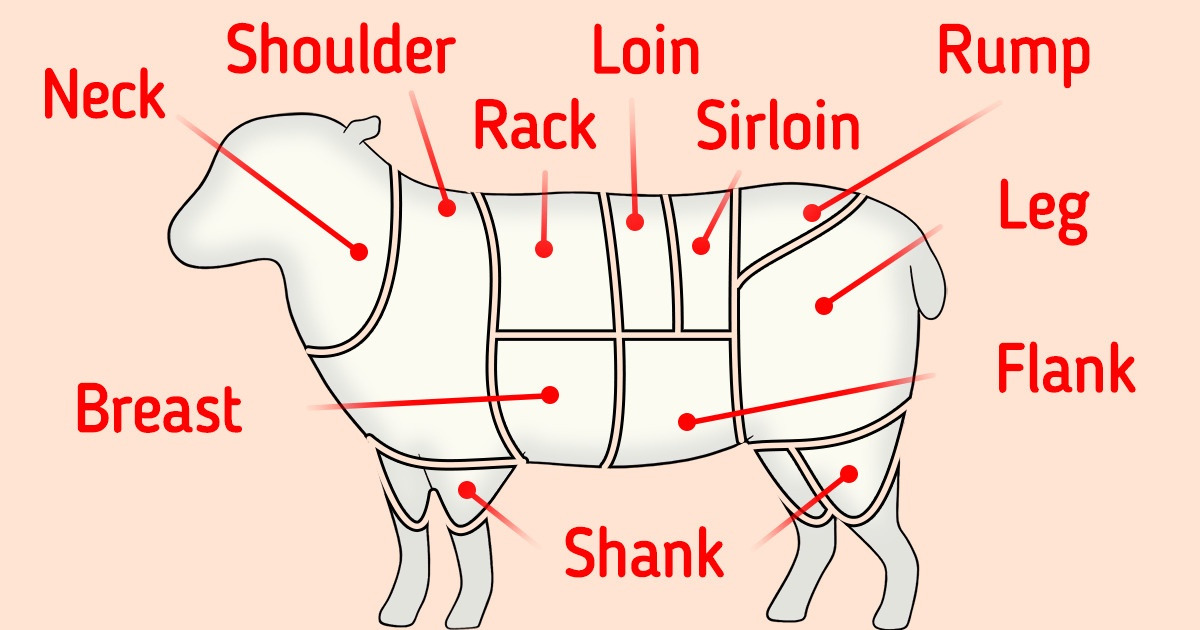
Despite the fact that mutton is especially loved in the Middle East, dishes with this meat can be found in various countries. Lamb cuts differ significantly in flavor, so before cooking them, it’s better to know their special features.
5-Minute Crafts made a guide about the main mutton cuts and different ways of cooking them.
Main types of mutton
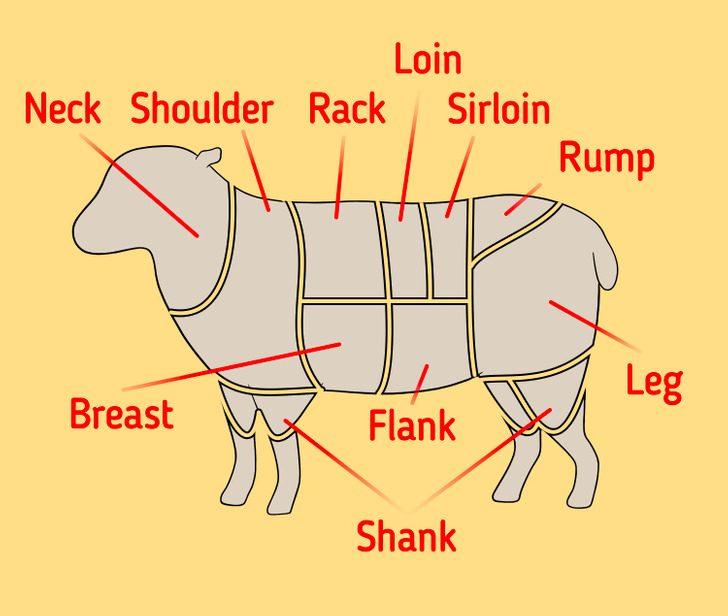
The most common cuts are:
- The neck is a cheap cut that’s often left connected to the shoulder. This meat is rather tough.
- The shoulder is a cut from the top front leg. This meat has generous marbling.
- Rack is tender meat from the ribcage. It usually comprises 7 or 8 ribs from the center of the animal.
- The loin is tender meat that is taken from the top of the back.
- Sirloin is a cut from the fat, sirloin end of the lamb’s leg and hip section. This meat is quite fatty.
- The breast is a cut from the bottom of the lamb, the belly, and the breast.
- The rump is a cut from the backside where the top of the leg meets the loin. It’s a plump yet lean cut.
- The leg is a cut from the top part of the lamb’s leg. This cut has a good, strong flavor.
- Flank is a tough, fatty and flat cut that comes from the belly of the animal.
- Shank is a cut from the lower portion of the leg. It’s tough meat that requires long cooking.
More details about each cut
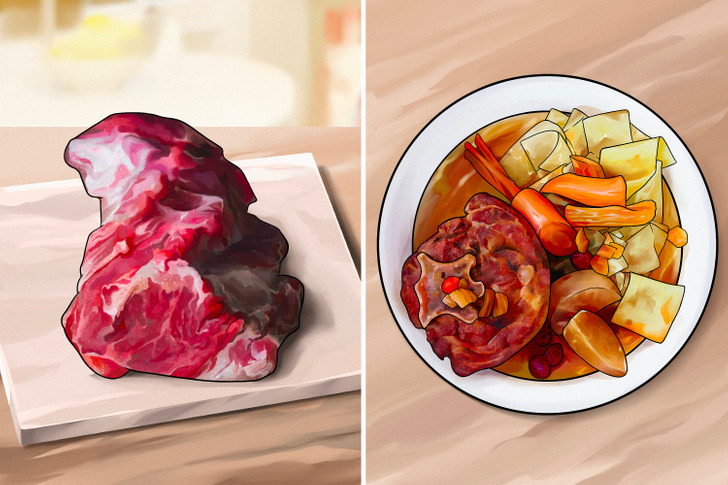
1. Neck
The neck cut contains a large amount of cartilage and collagen fibers and has good marbling. This meat is tough, therefore, it requires long cooking.
How to cook: The neck is perfect for braising. To make the meat tender, it’s best to cook it over low heat. You can also cut the neck into chunks and make homemade kebabs using the grill, or brown them for use in stews and curries.
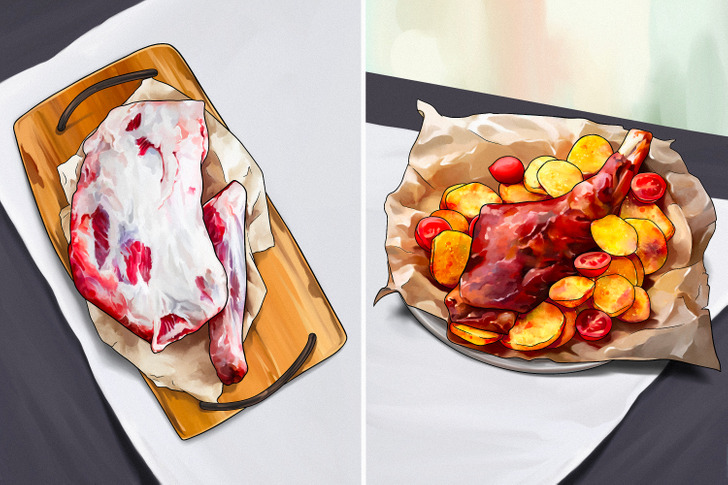
2. Shoulder
This large cut from the top part of the leg has juicy meat and generous marbling. It has a pronounced sweetness and is not too soft, therefore, it requires long cooking methods.
How to cook: The shoulder meat is a good choice for stewing and slow-roasting. It’s good for chops or burgers. To maximize the flavor, it’s recommended to cook the shoulder on the bone.
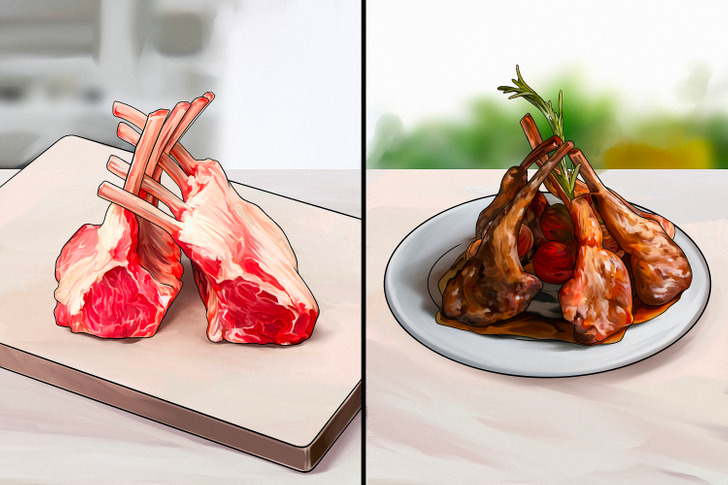
3. Rack
The rack comprises 7 or 8 ribs removed from the ribcage of the lamb. This meat is lean, tender, and flavorful, so it needs a light dressing to avoid overpowering the flavors.
How to cook: Classic cooking involves roasting over high heat with salt and herbs until a fragrant crust appears on the meat. Also, the rack can be grilled or roasted.
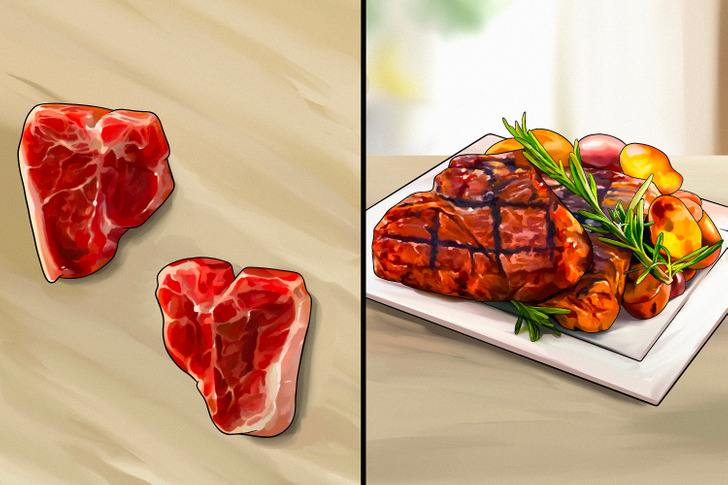
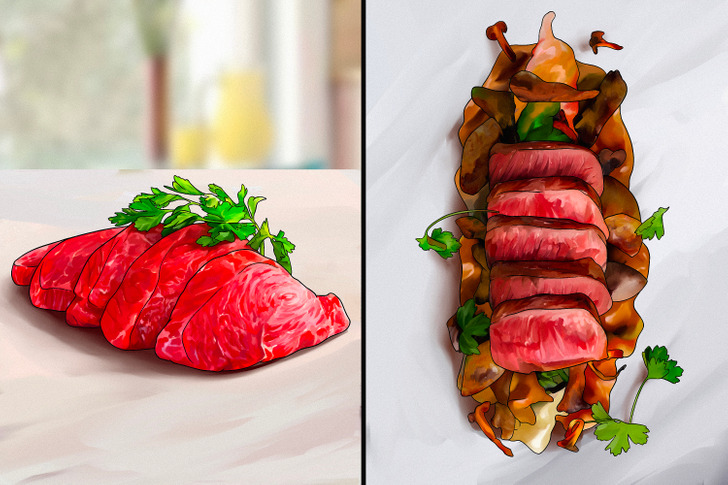
5. Sirloin
The lamb sirloin is sometimes considered part of the leg primal cut, but it can also be cut separately. This meat is tender and quite fatty.
How to cook: The sirloin is best cooked over dry heat, such as grilling.
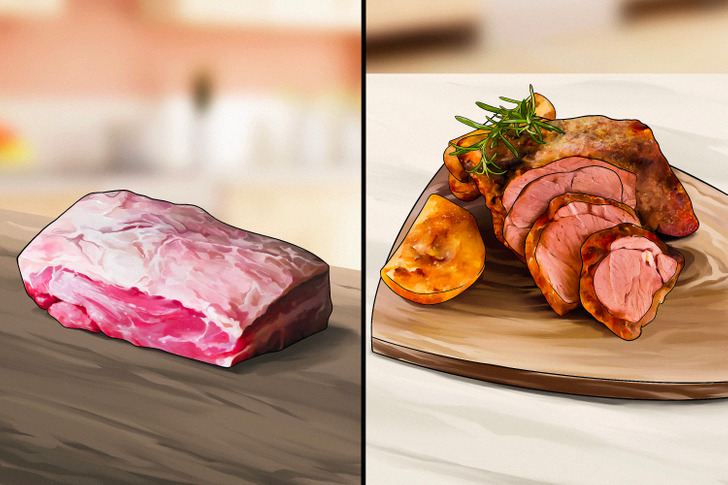
6. Rump
This cut comes from the backside where the top of the leg meets the loin. This meat is flavorful, lean, and tender. However, it has a sufficient layer of fat that will make the meat juicy during cooking.
How to cook: You can pan-fry the meat or bake it whole in the oven and then cut it into slices. Also, meat slices can be pan-fried or grilled.
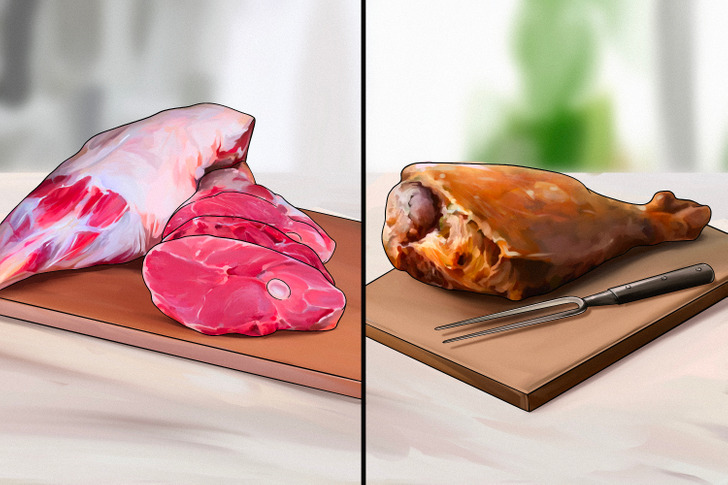
7. Leg
Lamb leg is a classic cut from the top part of the leg. It can be on or off the bone, and it can be served whole or cut into chops. The meat from this cut is flavorful but rather dry, so take care not to overcook it. As a rule, lamb leg on the bone is more flavorful.
How to cook: The leg can be baked in the oven, stewed, grilled, or barbecued. It’s better to use medium roast.
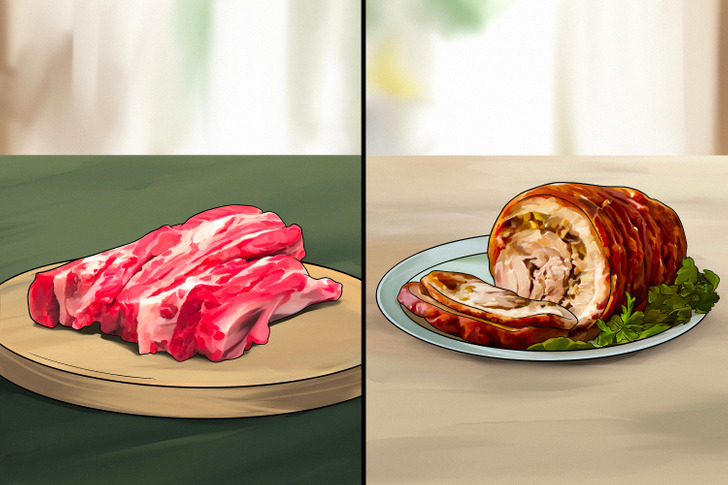
8. Breast
This rectangular cut starts at the belly of the lamb and goes down to the breast. This meat contains a lot of cartilage and connective tissue, as well as quite a lot of fat, which can make the meat tough if cooked improperly.
How to cook: It’s best to cook the breast with enough moisture by way of braising, stewing, or roasting, for example. This meat can be minced, and the breast can also be presented as a rolled joint, perfect for roasting.
